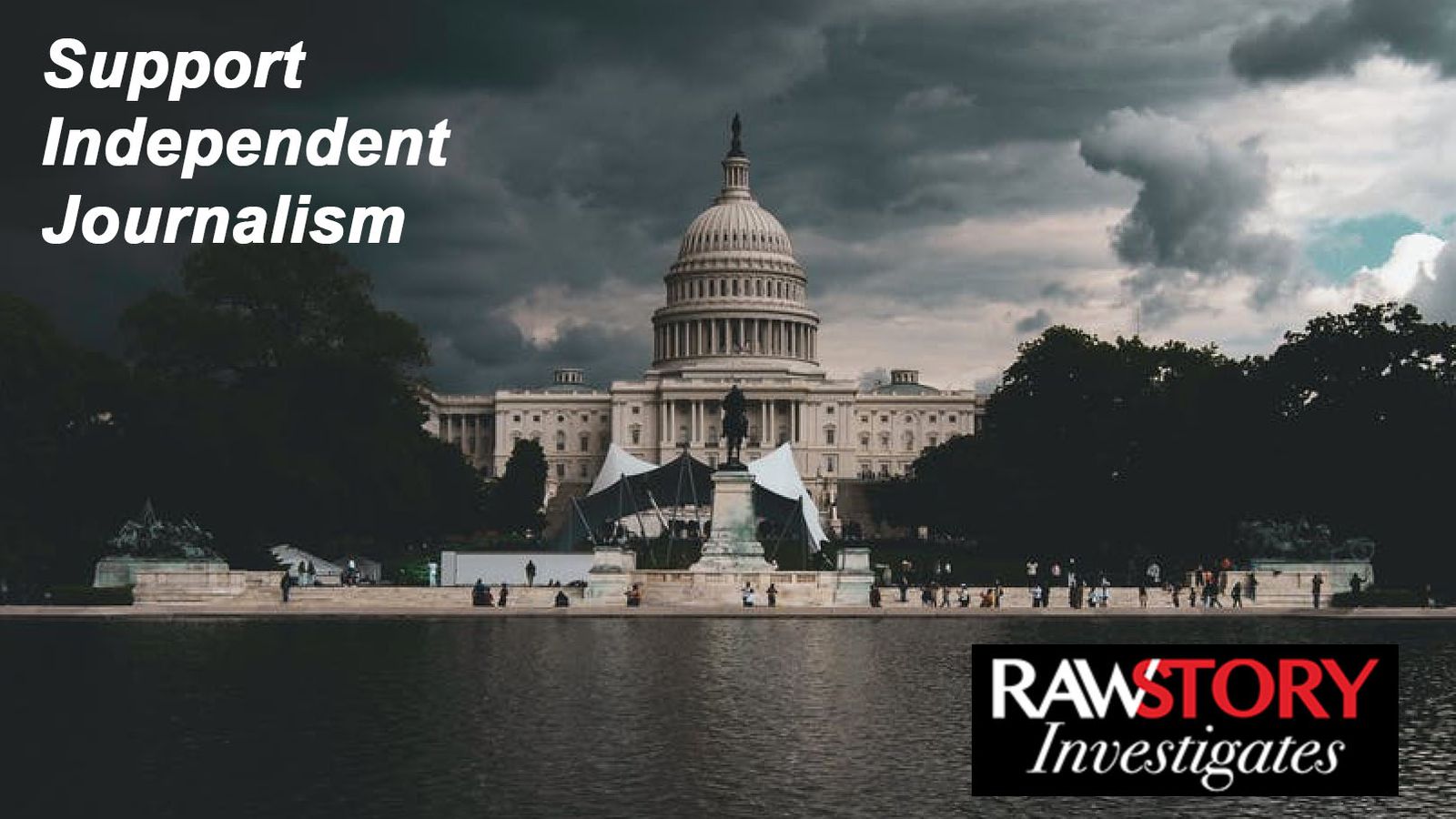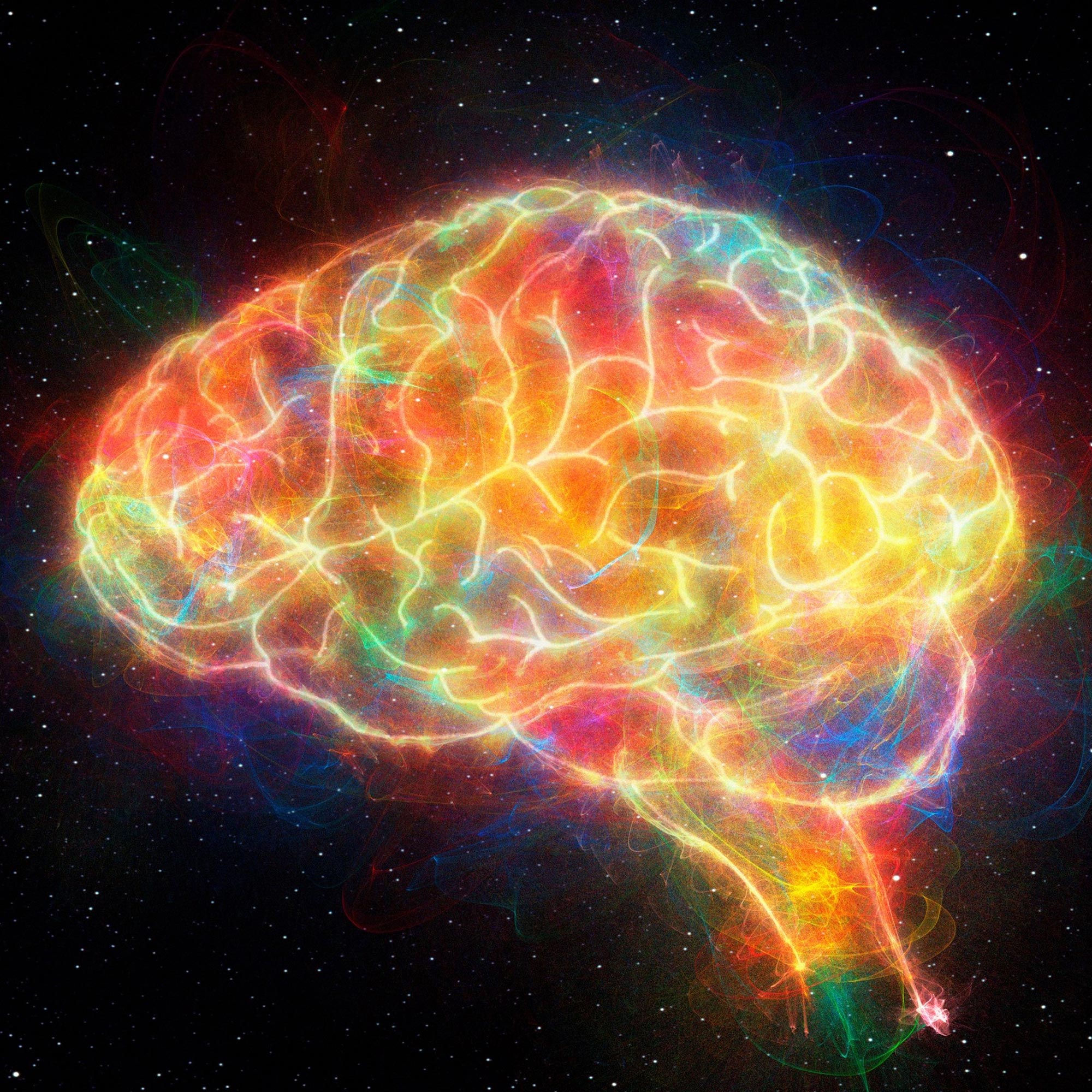Jerome Powell, chairman of the US Federal Reserve, during a Senate Banking, Housing, and Urban Affairs Committee hearing in Washington, DC, US, on Tuesday, July 9, 2024.
Tierney L. Cross | Bloomberg | Getty Images
Veteran investor David Roche expects a bear market in 2025 caused by smaller-than-expected rate cuts, a slowing U.S. economy and an artificial intelligence bubble.
“I think [a bear market] is probably coming, but probably in 2025. We now know what will cause it,” the strategist at Quantum Strategy told CNBC’s “Squawk Box Asia” on Monday.
Roche expects the Fed to resist reducing rates to the market’s desired 3.50%. The Fed’s median forecast for 2025 is 4.1%, while nearly all market participants currently see rates below 4.1% by September 2025, according to the CME FedWatch Tool.
“The second thing is that profits [won’t] fulfill expectations, because the economy is going to be slowing,” Roche warned.
The third factor Roche expects will lead to a bear market is the AI sector.
It has “entered bubble terrain decisively,” which it will exit over the next six months or so, and will be one of the drivers of the slower economic growth, Roche said.
“I think there is enough in those three factors to cause a bear market of minus 20% in 2025, maybe starting at the end of this year,” he said, adding that the prediction does not factor in who will win the U.S. Presidential election in November.
The Fed’s decision to keep interest rates steady in its latest meeting was called into question last week when a poorer-than-expected jobs report stoked recession fears, leading to a steep market sell-off, also worsened by the unwinding of carry trades after Japan hiked interest rates.
However, the markets made a sharp recovery, with the S&P 500 ending last week down less than 0.1%.
Now, Roche expects that the Fed will move ahead with interest rate cuts of 25 basis points, however, this will also cause lower profit margins, which will happen progressively over 2025.
“If you want the Fed to reduce interest rates, then the economy has to slow down interest, labor markets have to slacken off, and margins will come under pressure,” he said.
If these factors trigger a bear market, the Fed will be left with room to address it, given that Fed officials, consumers and politicians have a very low pain threshold, according to Roche.
“The likelihood is [that] the Fed has plenty of room to cut rates if things turn out worse than expected, and it has repeatedly said so,” he said.
Whether that can decisively turn the bear market is uncertain, but it will stop it from becoming something that would “undermine and destroy the world economy,” he added.





















Discussion about this post